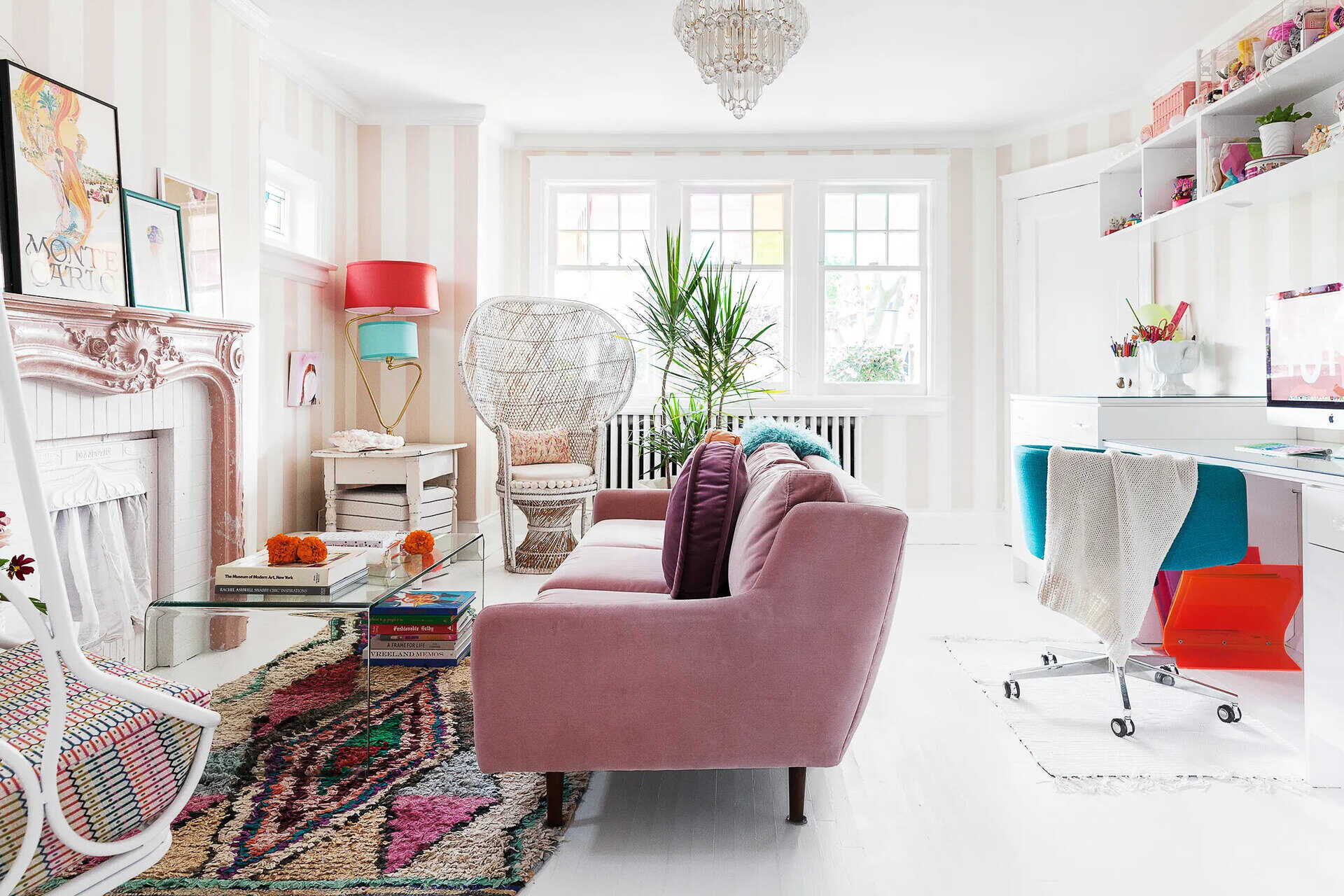

Articles
How To Create An Office Space In Living Room
Modified: October 20, 2024
Learn how to create a functional office space in your living room with these helpful articles. Transform your space into a productive work area.
(Many of the links in this article redirect to a specific reviewed product. Your purchase of these products through affiliate links helps to generate commission for Storables.com, at no extra cost. Learn more)
Introduction
Welcome to our article on how to create an office space in your living room. With many people now working from home, it is essential to have a designated area where you can focus and be productive. However, not everyone has a spare room that they can transform into a home office. That’s where the living room comes in. By carefully planning and organizing, you can create a functional and stylish office space right in the heart of your home.
The living room is often the central hub of the house, serving as a place to relax, entertain, and spend quality time with family. Transforming part of this space into an office can be a great way to maximize its functionality and make the most of the available square footage.
In this article, we will guide you through the process of creating an office space in your living room. We will cover how to assess your space, identify your needs, set a budget, select the right furniture, arrange your office area, create a distraction-free zone, maximize storage options, add personal touches, incorporate proper lighting, and maintain a balance between work and living space. By the end, you will have the knowledge and inspiration to craft a functional and inspiring office space right in your living room.
Creating a designated workspace in your living room not only helps you stay organized and productive but also allows you to separate your work life from your personal life. It is crucial to strike a balance between comfort and productivity in this shared space. With the right planning and design choices, you can create an office area that blends seamlessly with your living room decor while still providing a conducive environment for work.
So, let’s dive in and learn how to transform your living room into a stylish and functional office space!
Key Takeaways:
- Transform your living room into a functional office space by assessing your needs, setting a budget, selecting the right furniture, and incorporating personal touches for a harmonious blend of work and living areas.
- Maximize storage options, create a distraction-free zone, and incorporate proper lighting to maintain a balanced and productive living room office space that reflects your individual style and enhances your overall well-being.
Assessing Your Space
Before you start creating an office space in your living room, it’s essential to assess the available space and determine how much room you have to work with. Take note of the dimensions of the area where you plan to set up your office and consider any architectural features, such as windows, doors, and outlets, that may impact the layout.
Additionally, consider the overall layout and flow of your living room. Identify any empty corners, alcoves, or underutilized areas that could potentially be transformed into a workspace. Keep in mind that you want to create a designated area that separates your work from the rest of your living space while still blending harmoniously with the overall aesthetic.
Take measurements of the space to determine what size furniture and desk will fit comfortably. Consider factors like the placement of electrical outlets for your computer and other equipment, as well as natural lighting sources and their impact on your workspace. Aim for an area that provides enough room for you to move around comfortably and allows for proper ergonomics.
Furthermore, evaluate the existing decor and color scheme of your living room. Take note of the colors, patterns, and textures used in the room and consider how you can incorporate them into your office space. Strive for a cohesive look that seamlessly integrates your office into the overall design of your living room.
Assessing your space will help you determine the best location for your office area, as well as the size and layout of the furniture and accessories you will need. By taking the time to carefully evaluate your space, you can make more informed decisions when it comes to creating your office space.
Identifying Your NeedsOnce you have assessed your space, it’s time to identify your specific needs for your office space in the living room. Consider the type of work you do and the equipment and supplies you require on a daily basis.
Start by determining the amount of storage you need. Do you have a lot of paperwork that requires filing cabinets or shelves? Are you in need of specific storage solutions for your equipment or supplies? Assessing your storage needs will help you choose furniture and organization systems that will keep your office area clutter-free.
Next, evaluate the functionality of your workspace. Do you need a large desk to spread out your work or a smaller, more compact option? Consider the layout of your equipment, such as your computer, printer, and other devices. Make sure you have enough space for all your tools and accessories, such as a mouse pad, desk lamp, and storage for cables and cords.
Think about your comfort while working. Consider the ergonomics of your workspace and invest in a comfortable and supportive chair that will provide proper back and neck support. If you spend long hours at your desk, you may also want to invest in a standing desk or adjustable desk height feature to promote better posture and reduce the risk of back pain.
Identify any additional needs specific to your work. For example, if you take frequent video calls or meetings, you may need a backdrop or a room divider to create a professional setting. If you frequently reference physical documents or books, make sure to have enough desk space or nearby shelves for easy access.
By identifying your specific needs, you can create a workspace that is tailored to your requirements and enhances your productivity. Consider how these needs can be met within the space constraints of your living room, and be creative in finding solutions that balance functionality with aesthetics.
Setting a Budget
Setting a budget is an important step in creating an office space in your living room. It helps you stay on track financially and ensures that you make the most of your available resources. Before you start shopping for furniture and accessories, take some time to determine how much you are willing to spend.
Start by researching the average costs of the items you need for your office space. Consider the cost of a desk, chair, storage units, lighting, and any other essential items. Look for different options and compare prices to get an idea of what you can expect to spend.
Once you have an idea of the average costs, assess your financial situation and determine what you are comfortable spending. Keep in mind that creating an office space doesn’t have to break the bank. There are budget-friendly options available that can still meet your needs without compromising on style or functionality.
If you have a smaller budget, consider exploring second-hand furniture stores, online marketplaces, or garage sales for used office furniture that is still in good condition. Upcycling or repurposing existing furniture can also be a cost-effective way to create your office area.
It’s important to prioritize your spending on items that will have the greatest impact on your productivity and comfort. Invest in a quality chair and a desk that suits your needs, as these are items you will be using daily. Consider allocating more of your budget to these key pieces and opt for more budget-friendly options for accessories or decorative items.
Remember to factor in other expenses such as shipping or delivery fees, taxes, and assembly costs, if applicable. It’s always better to have a clear understanding of all the potential expenses upfront to avoid any surprises.
By setting a budget for your office space, you can make informed decisions and choose options that align with your financial goals. It also allows you to prioritize your spending and make the most of your available resources.
Selecting the Right Furniture
Choosing the right furniture is crucial when creating an office space in your living room. It sets the foundation for a functional and comfortable workspace. Consider the following factors when selecting furniture for your office area:
Desk: The desk is the centerpiece of your office space. Determine the size and shape of the desk based on the available space and your specific needs. Consider a desk with built-in storage options like drawers or shelves to maximize functionality and keep your workspace organized. Additionally, choose a desk that complements the style and decor of your living room.
Chair: Your office chair plays a significant role in your comfort and productivity. Look for an ergonomic chair that provides proper support for your back and promotes good posture. Adjustable height and lumbar support are essential features to prioritize. Test different chairs to find one that feels comfortable and suits your needs.
Storage: Consider your storage needs and choose furniture that provides adequate space for your files, equipment, and supplies. Options like filing cabinets, bookshelves, or storage cubes can help keep your office area organized and clutter-free.
Shelving: If wall space allows, consider adding shelves above or beside your desk to store books, files, and decor items. Floating shelves can be a practical and space-saving option. Ensure the shelving matches the style of your living room and provides enough surface area for your needs.
Additional seating: If you have enough space, consider incorporating additional seating options such as a comfortable armchair or a small sofa. These can be used for casual meetings, relaxation breaks, or as a space for guests.
Desk accessories: Invest in desk accessories that enhance your productivity and organization. These can include items like a desk organizer, pen holder, document tray, and cable management solutions.
When choosing furniture, keep in mind the overall aesthetic of your living room. Opt for pieces that seamlessly blend in with your existing decor or choose complementary styles that create a cohesive look. Balancing functionality and style will help create an office space that feels integrated and visually appealing within your living room.
To ensure the furniture fits within your budget, consider both new and second-hand options. Look for sales, discounts, or consider repurposing existing furniture to save money. Remember, the most important aspect is finding furniture that meets your specific needs and enhances your productivity.
Read more: Creating A Cozy Outdoor Living Room
Arranging Your Office Area
Once you have selected the right furniture for your office space in the living room, it’s time to arrange everything in a way that maximizes both functionality and aesthetics. Here are some tips for arranging your office area:
Consider the flow: Take into account the natural flow of traffic in your living room. Avoid placing your office area in a high-traffic area to minimize distractions and create a dedicated workspace. Choose a corner or alcove that provides some privacy and separation from the rest of the living room.
Position your desk: Place your desk in a position that allows you to face the room while working. This positioning not only makes it easier to interact with others in the living room but also helps create a professional and open atmosphere. Orient the desk in a way that takes advantage of natural light if possible.
Ergonomics: Pay attention to ergonomics when arranging your office area. Ensure that your chair is at the right height and distance from your desk, allowing your feet to rest flat on the floor and your arms to reach the keyboard comfortably. Your computer screen should be at eye level, and your wrists should be in a neutral position while typing.
Organize your supplies: Use the storage options available to keep your office area organized. Utilize drawers, shelves, and bins to store office supplies, paperwork, and other essentials. Keep frequently used items within easy reach to minimize distractions and maintain an efficient workflow.
Cable management: Tidy up any cables and cords to create a clean and organized workspace. Use cable management solutions like clips, cord covers, or cable sleeves to prevent tripping hazards and ensure a clutter-free environment.
Utilize wall space: Don’t forget to utilize wall space to make the most of your office area. Hang a bulletin board or magnetic board for organizing important notes, reminders, and to-do lists. You can also hang shelves or floating bookcases for additional storage and decor options.
Add privacy: If you need extra privacy or separation from the rest of the living room, consider adding room dividers, curtains, or screens. These can help create a defined workspace and reduce distractions.
Remember, the key to arranging your office area is finding a balance between functionality and style. Experiment with different layouts and configurations to find what works best for you and complements the overall design of your living room.
By strategically arranging your office area, you can create a workspace that is conducive to productivity, promotes focus, and seamlessly integrates with the rest of your living room.
Consider using a room divider or bookshelf to create a separate office area within your living room. This can help define the space and provide some privacy while working.
Creating a Distraction-Free Zone
When creating an office space in your living room, it is essential to establish a distraction-free zone where you can focus and be productive. Here are some tips to help you create a space that minimizes distractions:
Choose the right location: Select a location in your living room that is away from high-traffic areas and noise sources. Avoid placing your office area near the TV or areas where family members tend to gather. Find a corner or alcove that offers some privacy and separation from the rest of the living room.
Use dividers or screens: If you need additional privacy or want to separate your workspace visually, consider using room dividers or screens. These can help create a barrier between your office space and the rest of the living room, reducing visual distractions and providing a sense of privacy.
Minimize visual clutter: Keep your office area clean and clutter-free to minimize visual distractions. Store paperwork, office supplies, and personal items in drawers, cabinets, or storage containers to maintain a tidy workspace. Consider using organizers and desk accessories to keep everything in order.
Manage digital distractions: In today’s digital age, it’s important to manage digital distractions to maintain focus. Turn off notifications on your phone, computer, and other devices that may interrupt your work. Use website-blocking tools or apps to limit access to distracting websites or social media during work hours.
Establish boundaries: Communicate with family members or roommates about your office hours and let them know when you need uninterrupted work time. Setting boundaries and expectations can help minimize interruptions and create a more productive environment.
Noise-cancelling headphones: If you are unable to eliminate background noise from your living room, consider investing in noise-cancelling headphones. These can help block out distractions and create a more focused environment for work.
Create a routine: Establishing a routine can help signal to your brain that it’s time to work and minimize distractions. Set designated work hours and establish a pre-work routine that prepares your mind for focused work. This could include activities like journaling, stretching, or enjoying a cup of coffee.
Ensure proper lighting: Good lighting can help create a productive and focused atmosphere. Natural light is ideal but if that is not an option, consider using task lighting or lamps with warm, soft light. Avoid harsh, bright lighting that can cause eye strain and fatigue.
Creating a distraction-free zone requires intentional decisions and conscious effort. By implementing these tips, you can reduce distractions in your living room office space and create an environment that promotes productivity and concentration.
Maximizing Storage Options
When creating an office space in your living room, maximizing storage options is key to maintaining an organized and clutter-free workspace. Here are some tips to help you make the most of your storage:
Utilize vertical space: Take advantage of vertical space by installing shelves or bookcases. This allows you to store items off the ground and frees up valuable floor space. Use the shelves to display books, magazines, and decorative items while also providing storage for office supplies and equipment.
Invest in multi-functional furniture: Look for furniture pieces that offer built-in storage solutions. For example, opt for a desk with drawers or shelves to keep your essentials within reach. Consider a storage ottoman or coffee table with hidden compartments to store files, paperwork, or extra office supplies.
Use over-the-door organizers: Over-the-door organizers are a great way to maximize storage in a small office area. Utilize these organizers to store office supplies, stationery, or even small electronics. They can be hung on the back of your office door or any other suitable door in the living room.
Get creative with wall-mounted options: Install wall-mounted organization systems, such as pegboards, magnetic boards, or corkboards. These can be used to hang and organize office supplies, notes, and other items. They not only provide functional storage options but also serve as a decorative element in your office space.
Invest in storage containers: Use storage containers to keep your office supplies and paperwork organized. Opt for containers that fit well within your living room aesthetic and provide easy access to your essentials. Label each container to easily identify its contents.
Consider under-desk storage: Make use of the space under your desk by incorporating storage options such as bins or rolling drawers. This allows you to keep items like paper, cables, and other office accessories within reach but out of sight.
Organize with file cabinets: File cabinets are essential for organizing important documents and paperwork. Invest in a file cabinet that fits your office area and style. Label your files accordingly, and regularly purge and organize your documents to maintain an efficient filing system.
Minimize paper clutter: In today’s digital age, aim to minimize the use of paper as much as possible. Embrace digital solutions for storing and organizing documents. Utilize cloud storage or external hard drives to securely store your files. This reduces the need for excessive physical storage space.
Regularly declutter and purge: Set aside time to declutter and organize your office space on a regular basis. Get rid of items you no longer need or use. This not only frees up storage space but also helps create a more streamlined and productive work environment.
By maximizing storage options in your living room office space, you can ensure that everything has a designated place, keeping your workspace clean, organized, and conducive to productivity.
Adding Personal Touches
Creating an office space in your living room doesn’t mean it has to be devoid of personality. Adding personal touches can help create a space that is not only functional but also reflects your individual style and preferences. Here are some ideas to add personal touches to your office area:
Decorate with artwork and photos: Hang artwork or photographs that inspire you and bring joy to your workspace. Choose pieces that resonate with you and reflect your personal taste. It could be motivational quotes, landscape photos, or artwork from your favorite artist.
Showcase meaningful items: Display sentimental or meaningful items that have a special significance to you. It could be a vase gifted by a loved one, a small souvenir from your travels, or a memento that holds sentimental value. These items can serve as a source of inspiration and remind you of happy memories.
Bring in plants: Add some greenery to your office area with potted plants. Not only do they add a touch of nature and freshness to the space, but they also have numerous benefits such as improving air quality and reducing stress. Choose plants that thrive indoors and require minimal maintenance.
Use colorful and patterned accessories: Infuse your office space with vibrant colors and patterns through accessories like throw pillows, curtains, or a colorful desk lamp. Incorporate colors that energize and motivate you, or opt for patterns that reflect your personal style.
Display books or magazines: Showcase your favorite books or magazines that align with your interests or professional development. Set up a small bookshelf or use floating shelves to display your collection. Not only does it add a personal touch, but it also provides easy access to resources that can inspire and motivate you during work breaks.
Choose a comfortable and stylish chair: While functionality is important, don’t forget to choose a chair that is not only ergonomically designed but also reflects your style. Consider adding a colorful or patterned cushion to your chair to make it more comfortable and visually appealing.
Customize your desktop background: Personalize your computer desktop with a wallpaper that resonates with you. It could be a favorite quote, a scenic image, or a photo of loved ones. This small customization can make your workspace feel more personalized and inviting.
Incorporate meaningful stationery: Choose stationery items like journals, notepads, and pens that you find visually appealing or have personal significance. Opt for designs, colors, or textures that reflect your style and make you excited to use them.
Use a memo board or whiteboard: Hang a memo board or whiteboard near your desk to jot down quick reminders, motivational quotes, or to-do lists. Personalize it with colorful markers or magnetic pins to make it visually appealing.
Adding personal touches to your office area helps create a space that not only fosters productivity but also brings joy and a sense of belonging. It’s these personal elements that make your living room office space uniquely yours and inspire you as you work.
Incorporating Proper Lighting
Proper lighting is a crucial aspect of creating an office space in your living room. It not only enhances visibility but also plays a significant role in your productivity and overall well-being. Here are some tips for incorporating proper lighting in your office area:
Natural light: Whenever possible, position your desk near a window to make the most of natural light. Natural light provides a sense of openness and helps boost mood and focus. Arrange your desk so that you can take advantage of the natural light without causing glare on your computer screen.
Task lighting: Supplement natural light with task lighting to ensure adequate brightness for your workspace. Choose a desk lamp that provides focused, adjustable lighting. Look for lamps with adjustable brightness levels and color temperature options to customize the lighting to your preference.
Avoid glare: Position your computer screen perpendicular to windows or direct light sources to avoid glare. Adjust the angle and position of your desk and monitor to minimize reflections, which can cause eye strain and reduce visibility. Consider using an anti-glare screen protector for your computer monitor if necessary.
Ambient lighting: Ambient lighting helps create a comfortable and inviting atmosphere in your living room office space. Use overhead lighting or floor lamps to provide overall illumination to the room. Consider using dimmers to adjust the brightness and create a more relaxed ambiance when needed.
Layered lighting: Create a well-balanced lighting scheme by incorporating multiple sources of light. This includes a combination of natural light, task lighting, and ambient lighting. Layered lighting helps reduce eye strain, adds depth to the room, and allows for versatile lighting options based on different tasks or moods.
LED or energy-efficient bulbs: Opt for LED or energy-efficient light bulbs to reduce energy consumption and lower utility costs. These bulbs not only have a longer lifespan but also emit a more natural and soothing light compared to traditional incandescent bulbs. Choose bulbs with a color temperature that suits your needs, such as a cool white or warm white.
Consider your color scheme: The color scheme of your office area can affect the overall lighting ambiance. Light-colored walls and furniture can help reflect and distribute light, making the space feel brighter. Darker colors absorb more light, so make sure to incorporate proper lighting fixtures to compensate for any potential loss of brightness.
Adjustable lighting options: Flexibility is key when it comes to lighting. Incorporate lighting fixtures that offer adjustable features, such as swiveling lamps or track lighting. This allows you to direct light where it’s needed the most, whether it’s your workspace, a specific area for reading, or any other task you need to accomplish.
Regularly clean and maintain lighting fixtures: To ensure proper lighting, make it a habit to clean and maintain your lighting fixtures regularly. Dust and dirt can reduce the effectiveness of lighting and dim the brightness. Wipe down lampshades, clean light bulbs, and ensure that the area around the fixtures remains uncluttered.
By incorporating proper lighting in your living room office space, you can create a well-lit and visually comfortable environment that promotes productivity, reduces eye strain, and enhances the overall ambiance of the space.
Maintaining a Balance Between Work and Living Space
When creating an office space in your living room, it is important to maintain a balance between your work area and the rest of the living space. Here are some tips to help you achieve that:
Designate boundaries: Establish clear boundaries between your work area and the rest of the living room. Use visual cues like area rugs or room dividers to create a physical separation. This helps create a mental distinction between your work and leisure time.
Establish a routine: Establish a consistent daily routine for your work hours and stick to it. Having a structured routine helps you maintain a sense of discipline and separate your work time from your personal time. When your designated work hours are over, make a conscious effort to disconnect and focus on leisure activities.
Create a work-friendly environment: While you want your office area to blend into the living room, it’s important to create a dedicated workspace that is conducive to productivity. Keep the area tidy, organized, and free from distractions. Clear away any non-work-related items during work hours to maintain focus.
Respect your personal space: Even though your office is in the living room, it’s essential to create boundaries with family members or roommates. Communicate the importance of uninterrupted work time and ask for their cooperation in minimizing distractions during those periods. Set expectations and establish guidelines for when you need privacy and focused work time.
Embrace flexibility: One benefit of having your office in the living room is the flexibility it offers. Take advantage of this by integrating small breaks or moments of relaxation into your workday. Use this time to step away from your desk, stretch, or engage in quick leisure activities. By incorporating short breaks, you can recharge and maintain a healthy work-life balance.
Create separate storage: Establish separate storage options for your work-related items. Use drawers, shelves, or bins to keep your work-related documents and supplies organized and separate from personal belongings. This provides a clear division between your work and personal life.
Engage in leisure activities: Make a conscious effort to engage in activities that bring you joy and relaxation outside of work hours. Use your living room space for hobbies, reading, spending time with family, or pursuing other leisure activities. This reinforces the idea that the living room is also a place for enjoyment and relaxation.
Practice self-care: Prioritize self-care to maintain a healthy work-life balance. Take breaks, practice mindfulness exercises, and allocate time for exercise or hobbies that rejuvenate you. By taking care of yourself, you enhance your ability to perform well in both your work and personal life.
Regularly assess and adapt: Regularly assess how your living room office space is functioning for you. Reflect on what is working well and what needs adjustment. Be open to making changes to improve your work-life balance and create an environment that supports your productivity and well-being.
Maintaining a balance between your work and living space is essential for both your productivity and overall happiness. By implementing these tips, you can create a harmonious and functional living room office space that allows you to thrive in both your work and personal life.
Conclusion
Creating an office space in your living room is a practical solution for those who need to work from home but don’t have a dedicated room for an office. By carefully planning and organizing, you can transform a corner of your living room into a functional and inspiring workspace.
In this article, we explored various aspects of creating an office space in your living room. We started by assessing your space and identifying your specific needs. We emphasized the importance of setting a budget and selecting the right furniture that suits both your requirements and the style of your living room.
We discussed the importance of arranging your office area in a way that maximizes functionality and minimizes distractions. We explored tips for maximizing storage options to keep your workspace organized and clutter-free. Adding personal touches helps create a space that reflects your personality and makes your office area feel more inviting and inspiring.
Incorporating proper lighting is crucial for creating a productive and visually comfortable environment. We provided suggestions for adding natural light, task lighting, and ambient lighting to your living room office space. Lastly, we discussed the significance of maintaining a balance between your work and living space to preserve your well-being and work-life balance.
Remember, creating an office space in your living room should be a reflection of your needs and personal style. Customize it according to your preferences and make it a space where you can be productive, focused, and comfortable.
Whether you’re a remote worker, a freelancer, or simply need a designated workspace for occasional tasks, implementing the ideas and tips shared in this article will help you create a functional, stylish, and harmonious office space in your living room.
Now, it’s time to get started on transforming your living room into an inspiring and productive hub. Embrace the possibilities, be creative, and enjoy the benefits of having a well-designed office space right in the heart of your home.
Frequently Asked Questions about How To Create An Office Space In Living Room
Was this page helpful?
At Storables.com, we guarantee accurate and reliable information. Our content, validated by Expert Board Contributors, is crafted following stringent Editorial Policies. We're committed to providing you with well-researched, expert-backed insights for all your informational needs.
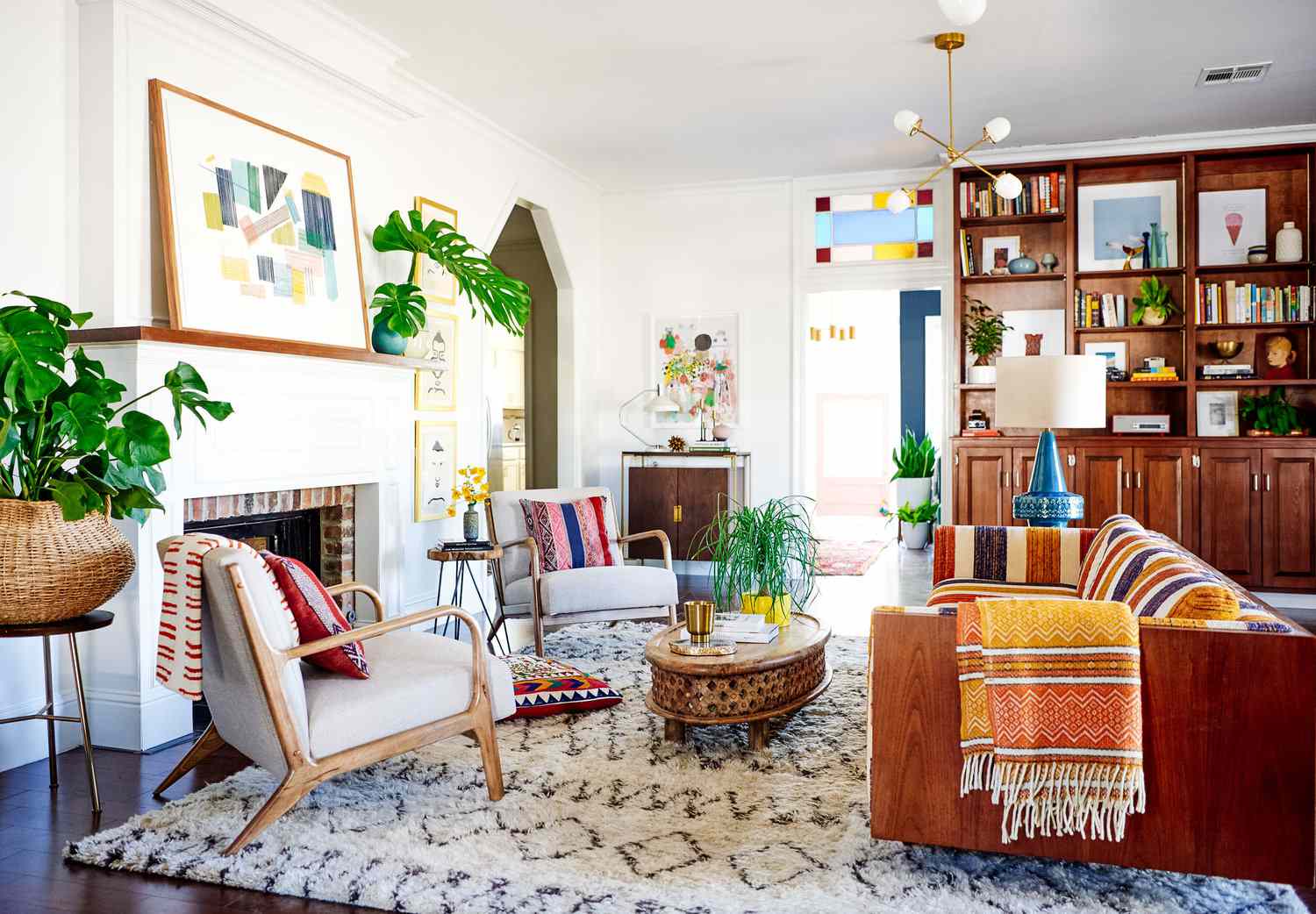
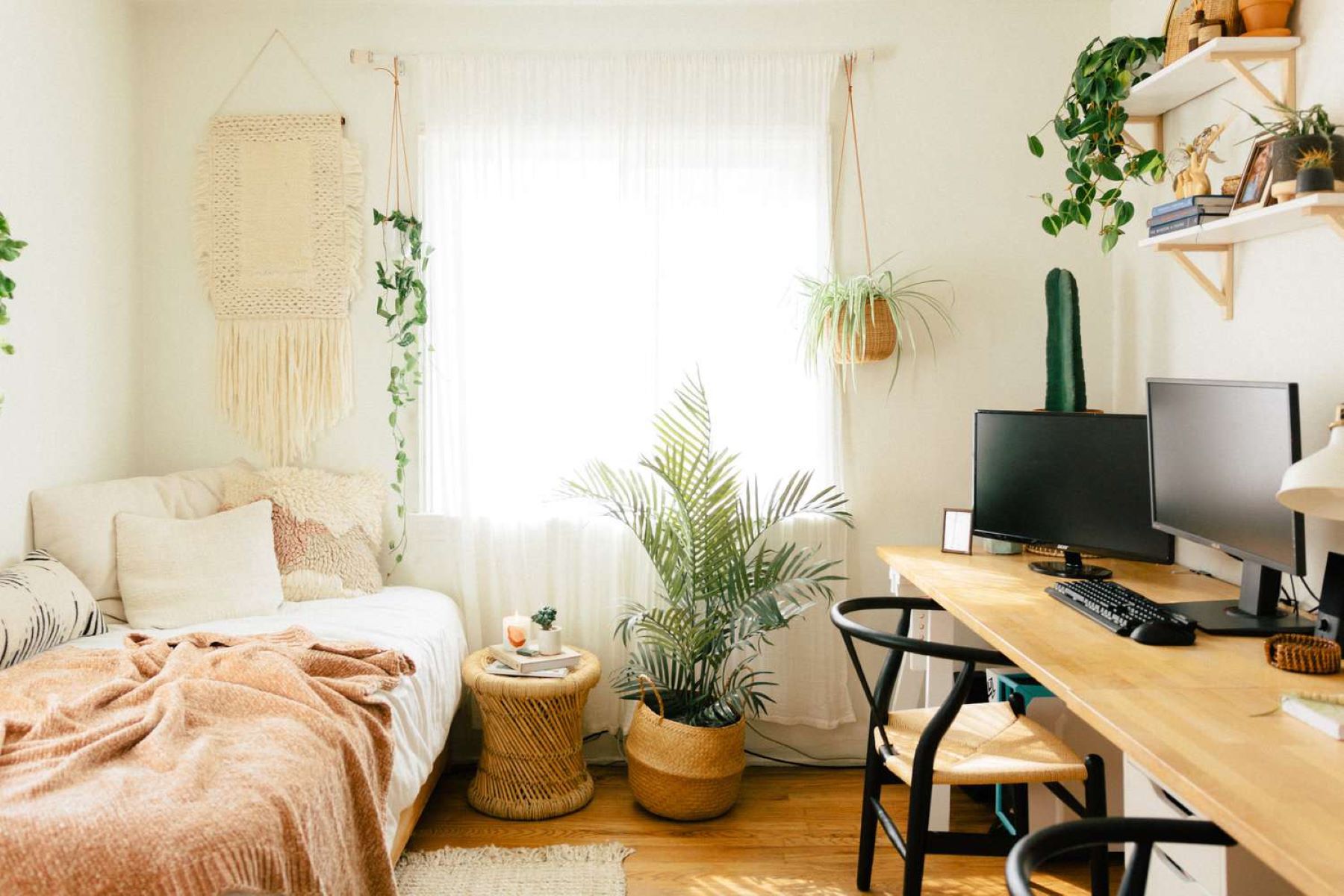
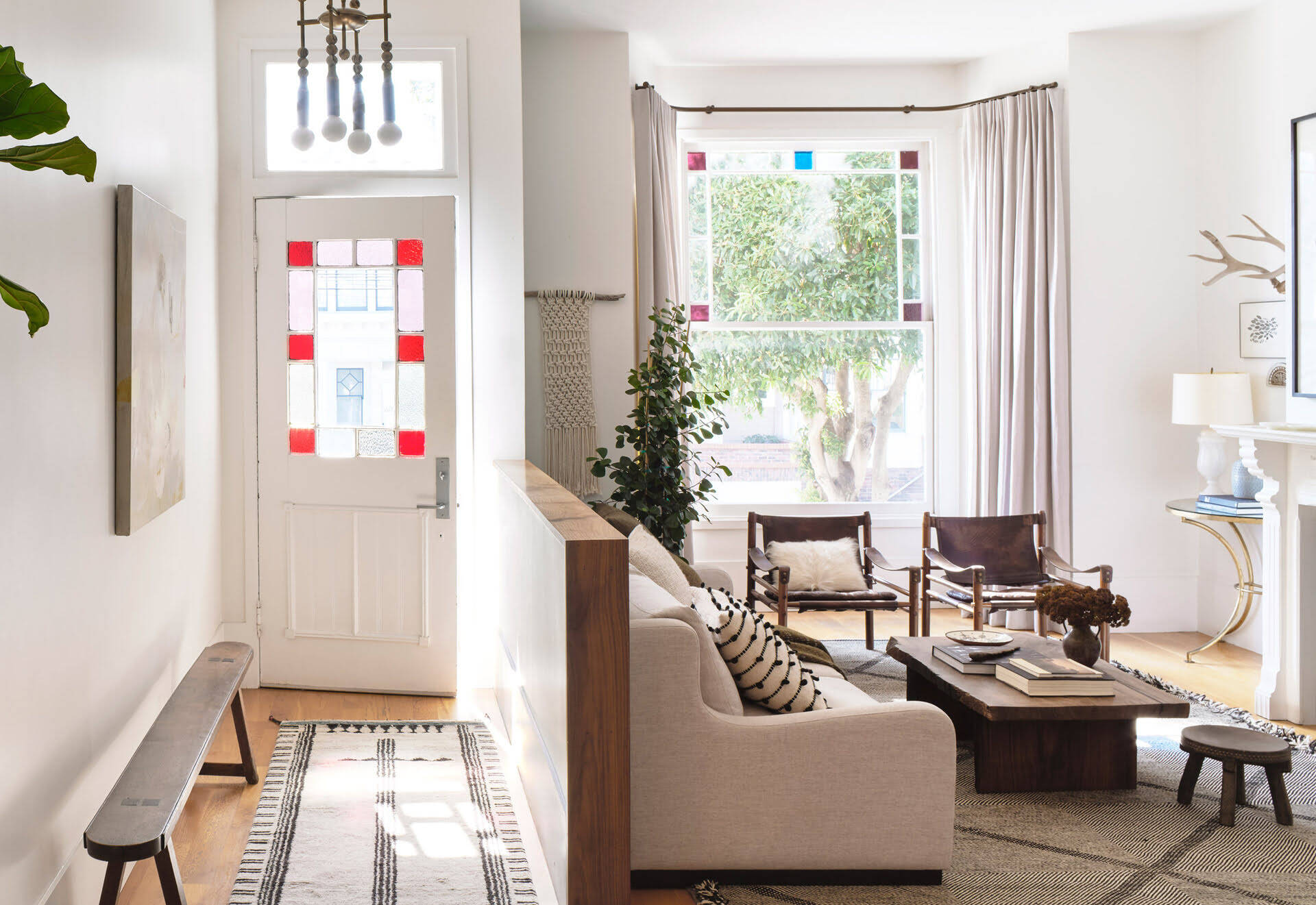
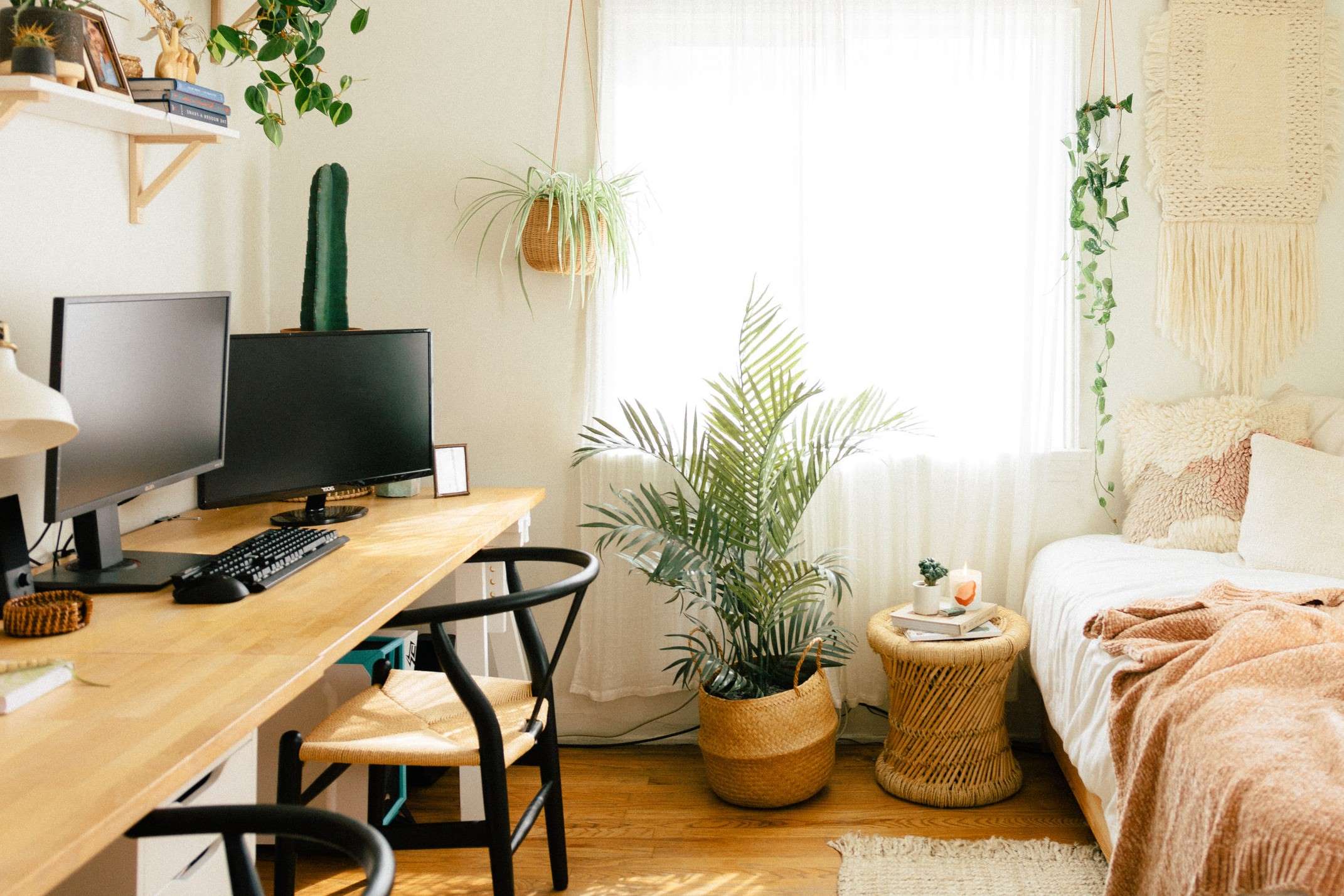
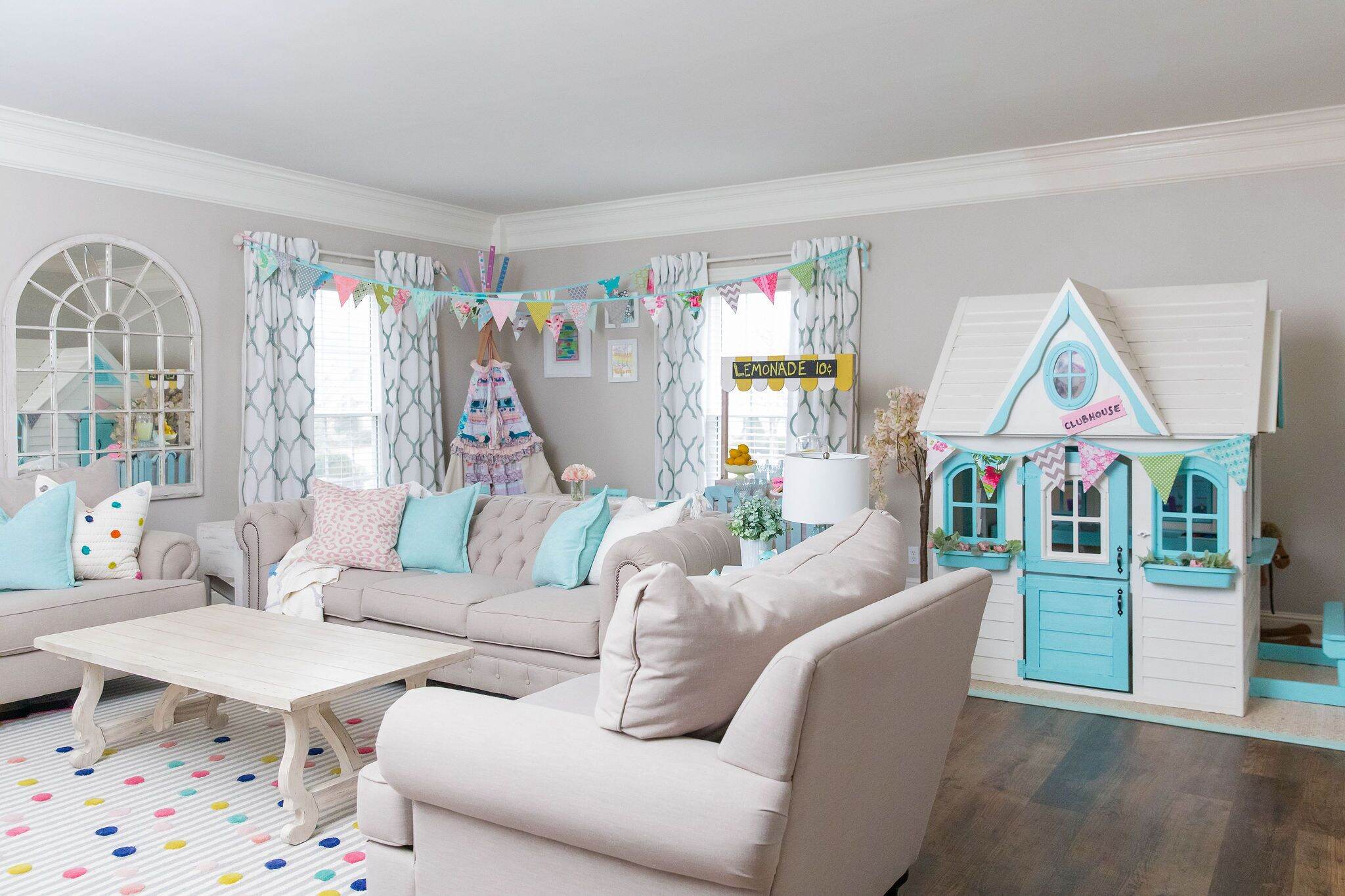
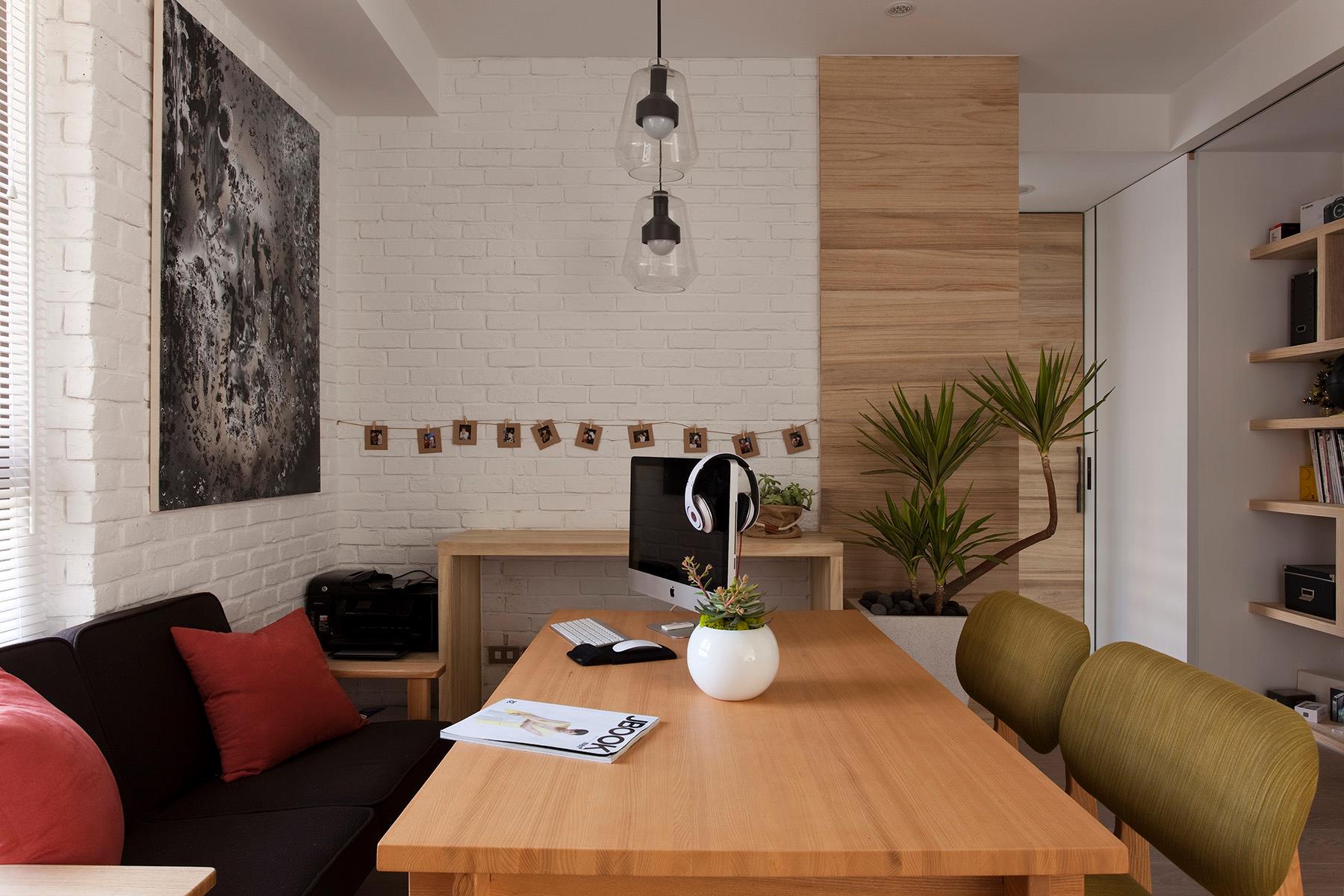
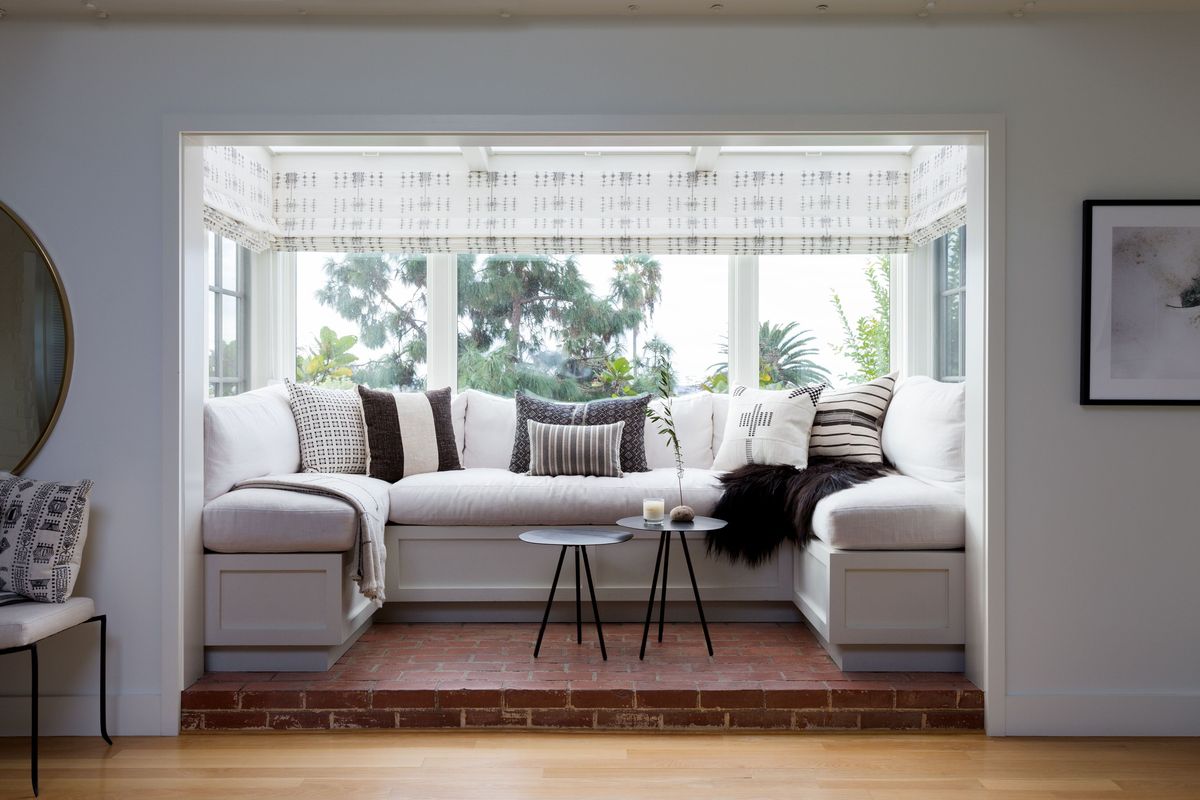
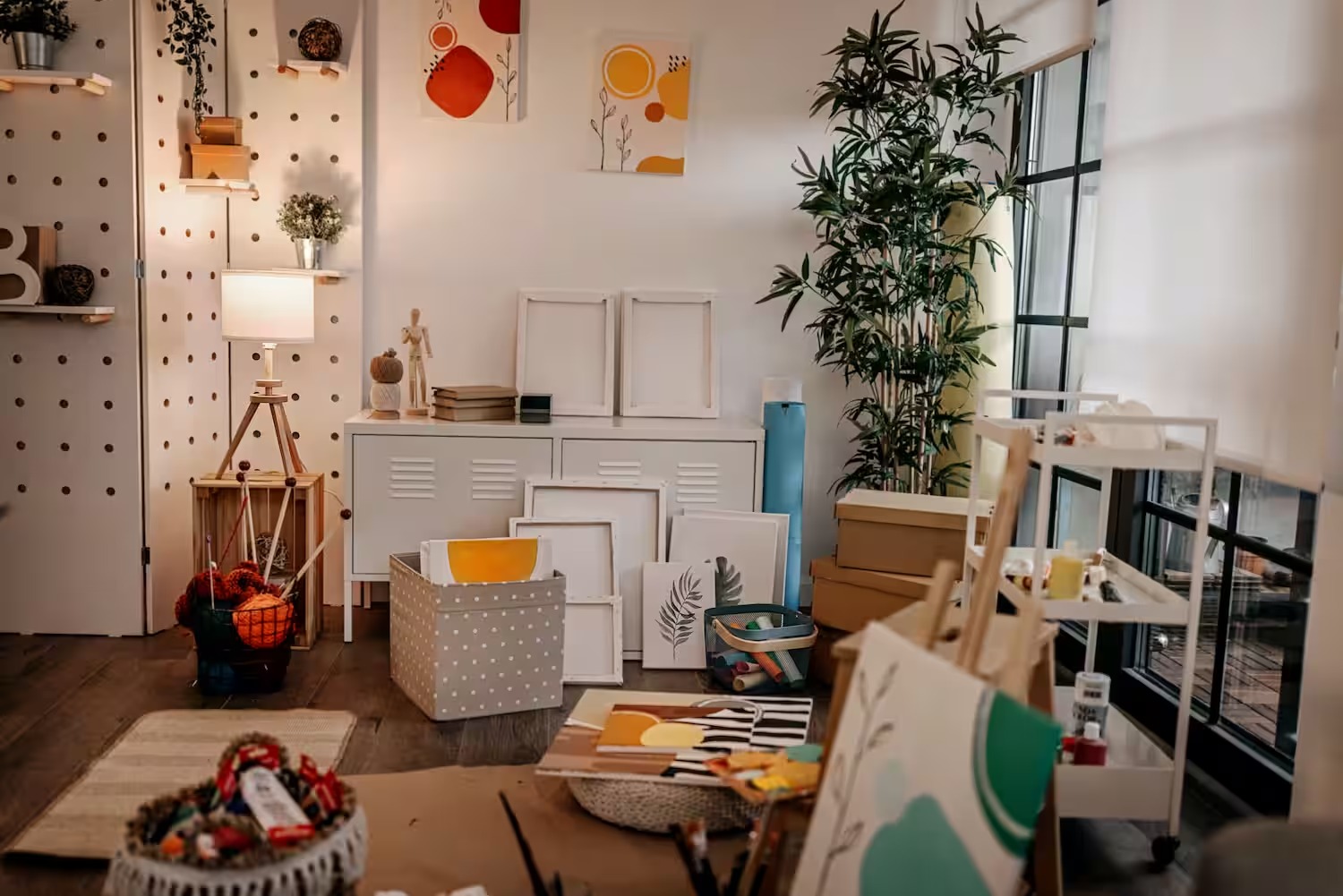
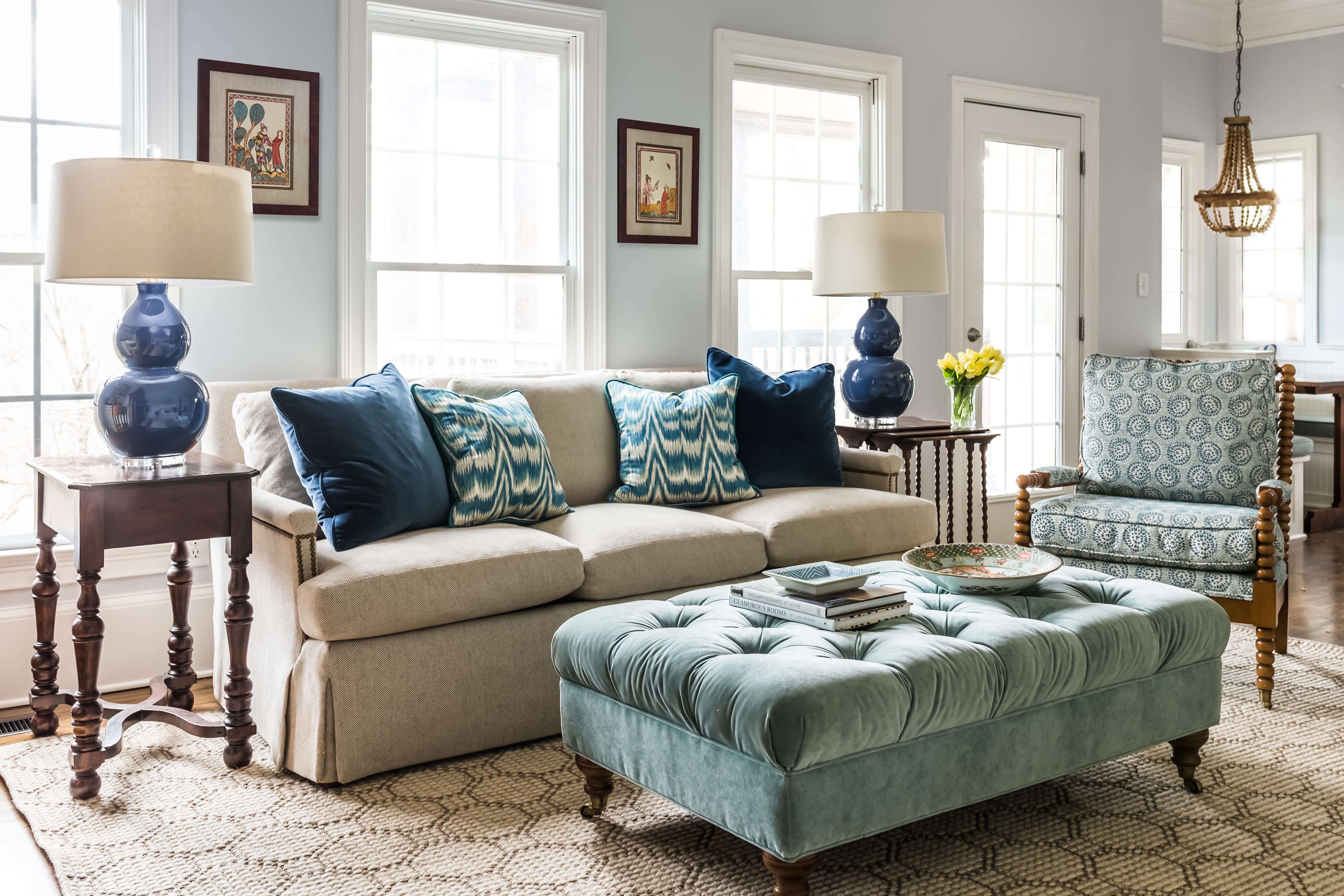
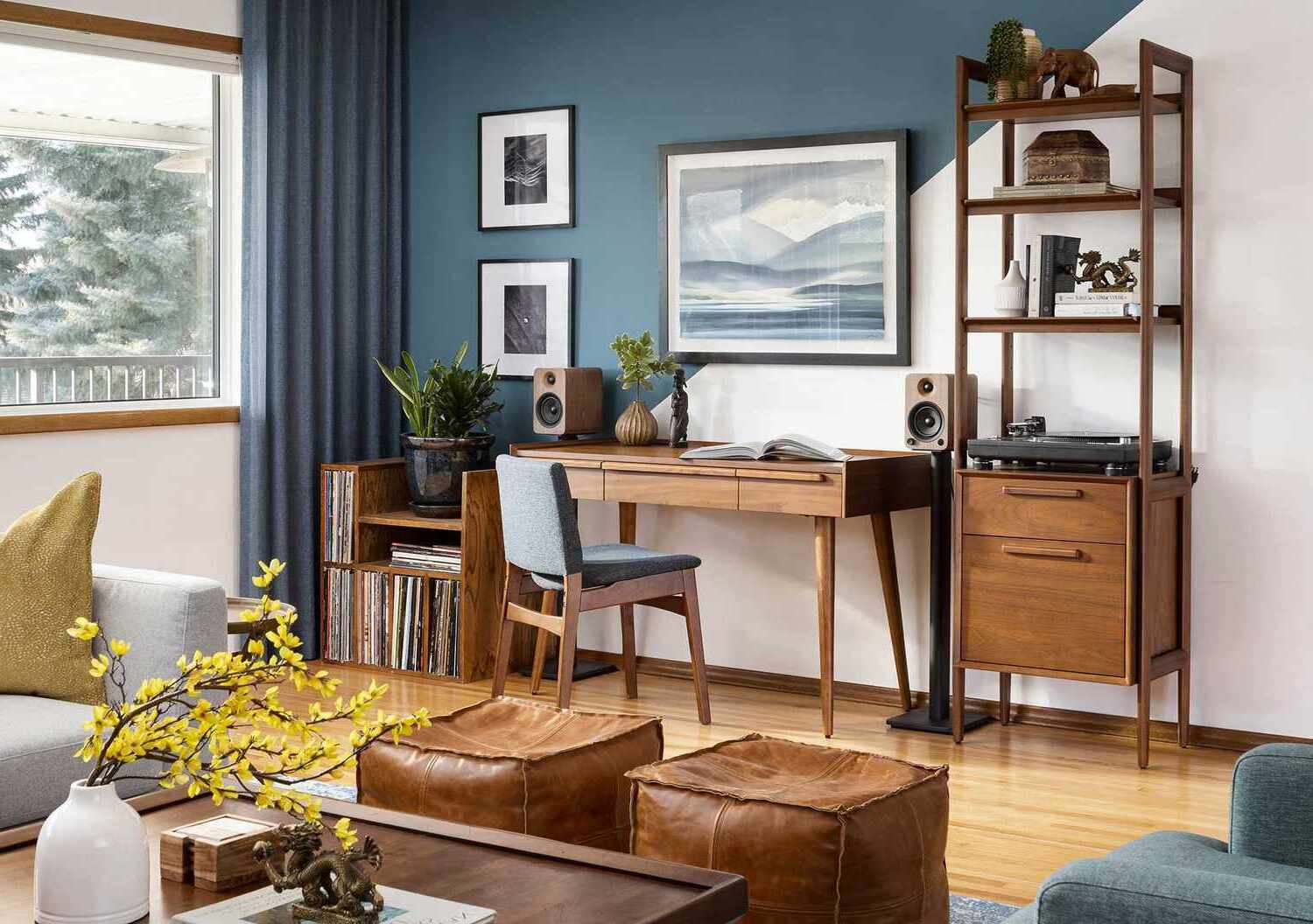

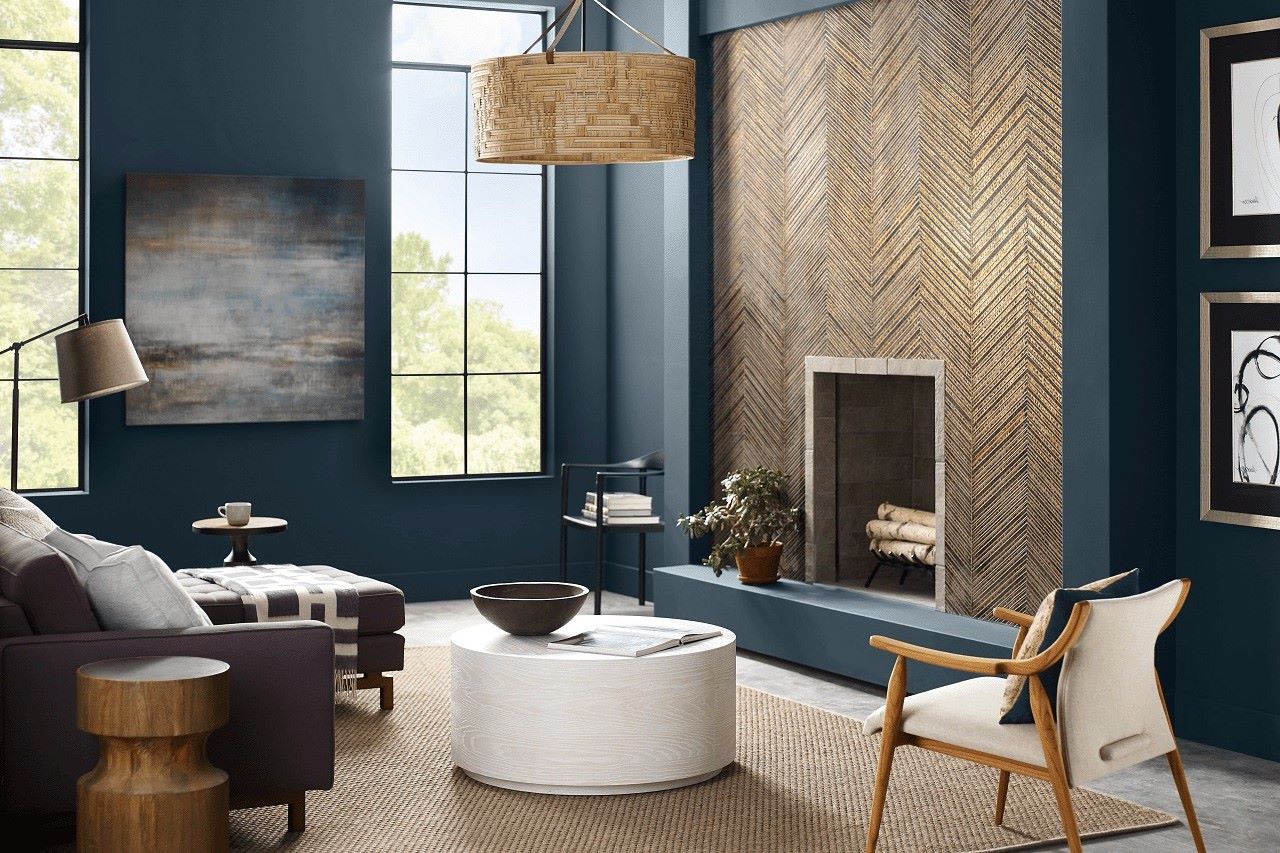
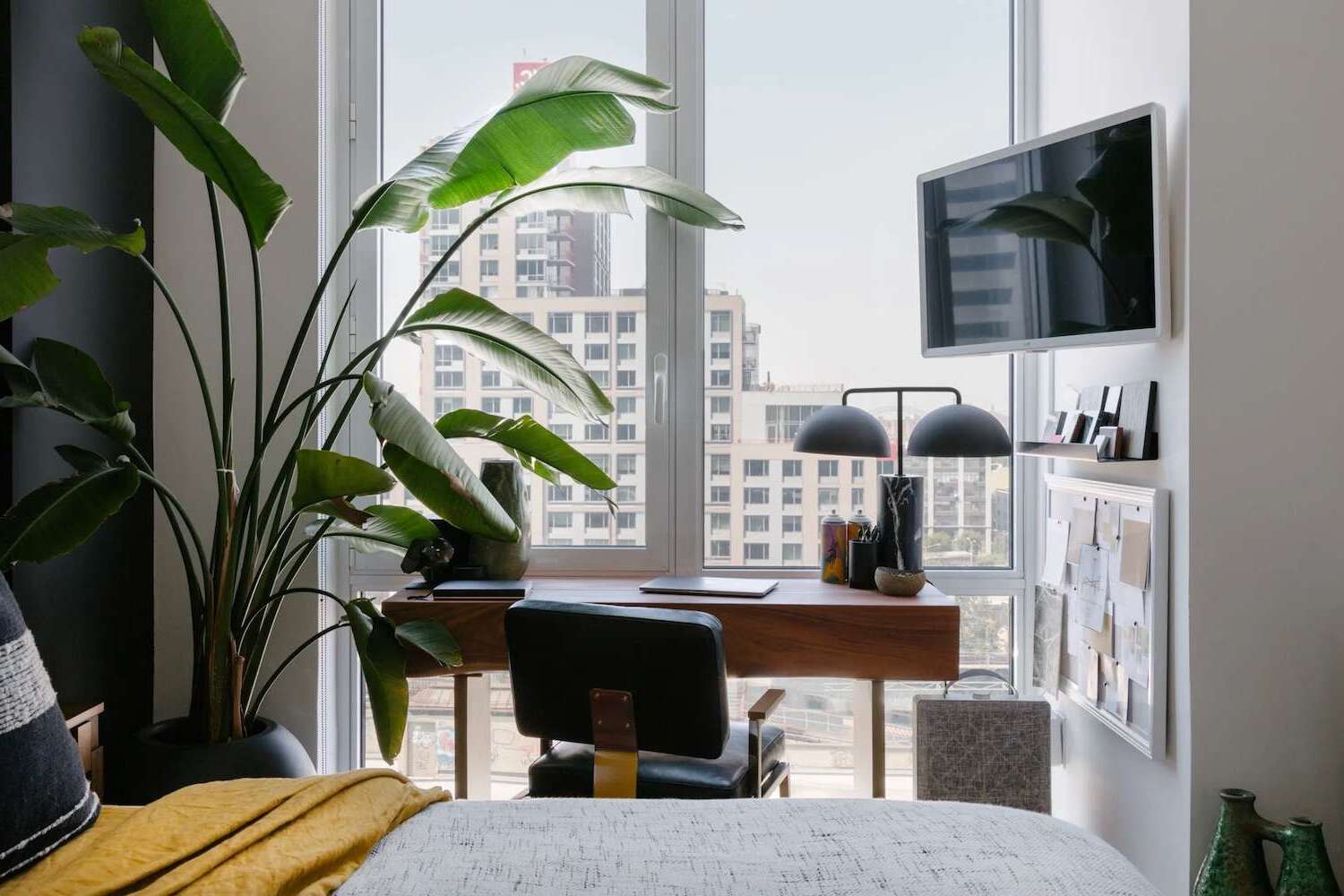

0 thoughts on “How To Create An Office Space In Living Room”